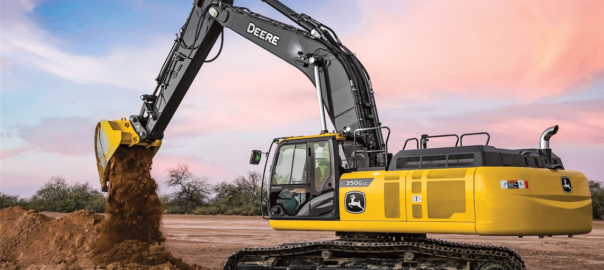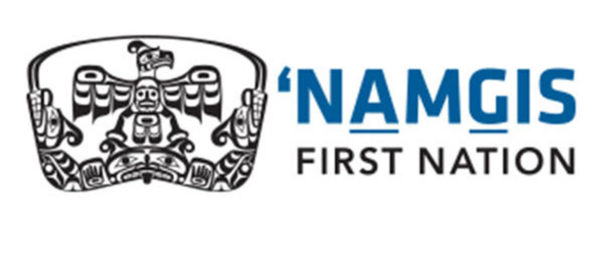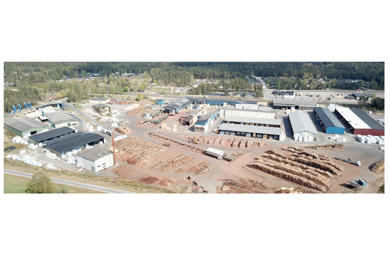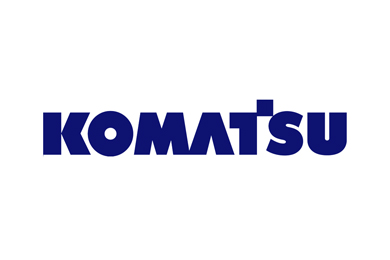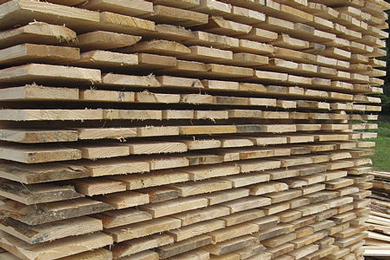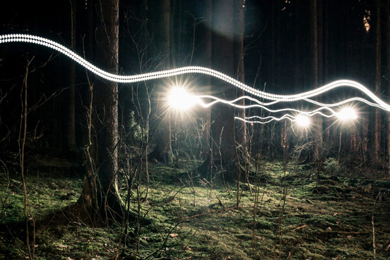John Deere increases the range of its grade control solutions with the launch of SmartGrade on its 210G LC and 350G LC excavators.
The factory-installed and -calibrated 3D SmartGrade system is designed to deliver increased productivity and accuracy on the job and provide ease of use to contractors at all levels.
“By incorporating precision technology, such as SmartGrade, on our excavator lineup, we are boosting job site productivity and efficiency while enhancing the capabilities of our operators,” said Justin Steger, solutions marketing manager, John Deere. “However, there isn’t a one-size-fits-all solution, and contractors need options to pair the right technology with their business needs. This is where customers really benefit from the flexibility of our grade management path.”
At CONEXPO-CON/AGG 2020 last March, John Deere became the first equipment manufacturer to fully integrate grade control technology in compact equipment with the introduction of the SmartGrade 33G compact track loader.
For its excavators, John Deere now offers four grade management options to choose from:
- SmartGrade
- SmartGrade-Ready with 2D
- 3D Grade Guidance
- 2D Grade Guidance
Additionally, John Deere offers upgrade kits for each grade management option so customers can adopt technology at their own pace.
A SmartGrade excavator automates the boom and bucket functions for the operator to achieve a smooth and accurate finish grade. Using GNSS positioning technology for accurate horizontal and vertical positioning, the machine controls boom and bucket movements to a precise design target. This enables the operator to focus on controlling the arm function while the system raises and lowers the boom to maintain grade.
“We’ve equipped the 210 LC and the 350 LC with SmartGrade to give operators at every level of experience the ability to quickly and confidently achieve grade by controlling the boom and bucket,” Steger said. “The semi-automatic technology frees up the operator to concentrate on the arm function, resulting in fewer periodic grade checks every time.”
Steger added, “John Deere understands that every contractor has different business needs, and therefore, different requirements when it comes to returns on their investments. SmartGrade reinforces our belief that every operation deserves to benefit from the advancements technology has to offer.”
The SmartGrade-Ready with 2D option provides a 2D system with semi-automated functions, improving the ease of use without the need for GNSS technology or 3D design plans. Additionally, the SmartGrade-Ready machines arrive from the factory prewired for the SmartGrade system, enabling the owner to upgrade in the future, if they choose.
The 3D or 2D Grade Guidance options provide reference information to the operator in the cab to improve productivity. The 2D Grade Guidance option shares bucket tooth and cutting-edge elevation information relative to a benchmark with the operator through the in-cab monitor.
The 3D Grade Guidance option accurately provides the horizontal and vertical bucket position using GNSS technology and can make use of a 3D design plan. All guidance and control options are available with an optional laser receiver, which leverages an ultra-precise local external elevation reference.
With SmartGrade or SmartGrade-Ready machines, the selectable bucket control feature automatically maintains the user-defined bucket angle throughout grading passes. This feature helps the operator place material more effectively, reducing waste and saving money.
Factory joystick integration provides the ability to adjust the grade offset, set a benchmark on the 2D system, measure a desired point on the bucket with the 3D system or easily turn on and off automatics and protect features, helping further boost productivity by keeping the operator’s hands on the joystick and in control.
New precision technology features include Virtual Front, which hydraulically limits and automatically stops the bucket cutting edge from contacting the front of the machine at a selectable distance, preventing machine damage. The over-dig protect feature limits the bucket’s cutting edge from going below the target design surface, preventing costly over digging on the job.
Additional virtual fence technology features, such as Virtual Ceiling, Virtual Floor, Virtual Swing and Virtual Wall, provide the operator with audible alerts as the machine approaches an adjustable setpoint, allowing operators to focus on the task at hand.
“This 360-degree range of coverage means there are no surprises, including the job done well at the end of the day,” Steger said.
To boost uptime, John Deere SmartGrade Remote Support enables the dealer to remotely monitor and support the machine from miles away. Wireless data transfer provides the ability to remotely send updated design files to the machine, saving trips to the job site.
Additionally, the SmartGrade excavators are compatible with JDLink telematics, increasing visibility to machine utilization and reducing costly downtime.
Source: 365 News







